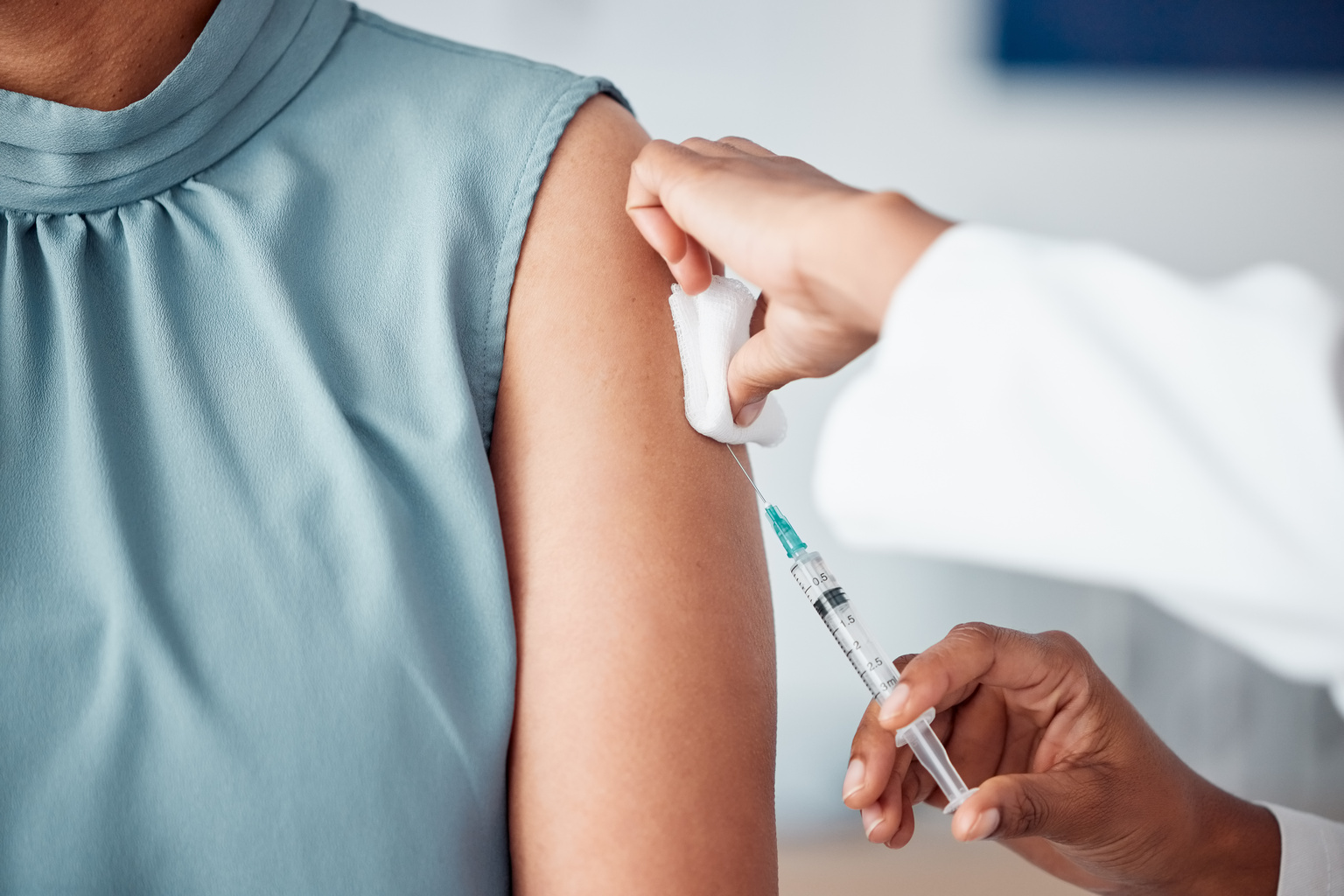Mental healthcare challenges among children and teens are rising. Payers have an opportunity to support their parental and caregiver members with accessible educational content to improve long-term health outcomes.
Payers are increasingly seeking to support whole-person wellness as part of value-based initiatives—to meet these goals, supporting members’ mental healthcare is as important as physical healthcare.
But what about when it comes to the mental health of children and teens? Payers aren’t able to engage younger members, so equipping parents and caregivers with appropriate mental health and medication information can help start meaningful conversations at home.
How mental health is impacting children in the US
Mental health challenges exist across all ages of children and youth. Approximately between 9.5% and 14.2% of children from birth to age five experience emotional or behavioral disturbance, and symptoms of mental health issues may begin to manifest as early as infancy and toddlerhood. These issues can be biologically based, a reaction to an adverse event, or the impact of postpartum depression.
Data on mental health disorders are collected but still may be underreported due to reporting and population awareness levels. The Centers for Disease Control (CDC) notes that 8.9% of children ages 3-17 will display behavior disorders. Anxiety is diagnosed in 9.4% of children, more commonly for ages 6-17, and depression is diagnosed about 4.4% of the time, more prominently with adolescents (ages 12-17). Additionally, some of these disorders will also commonly occur together, such as depression and anxiety.




